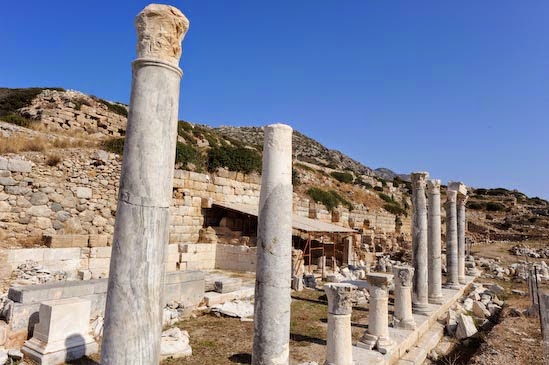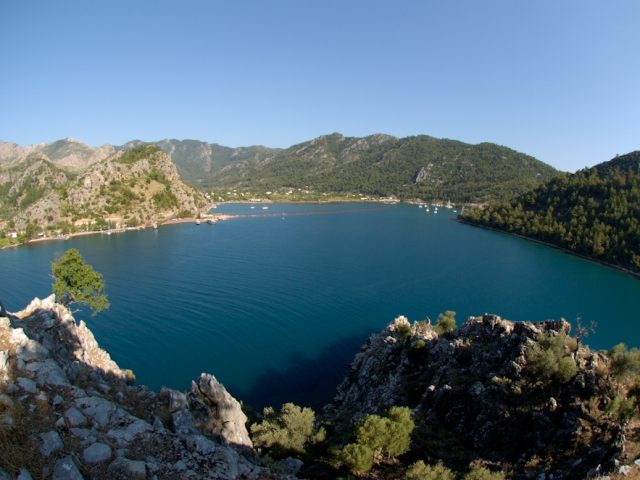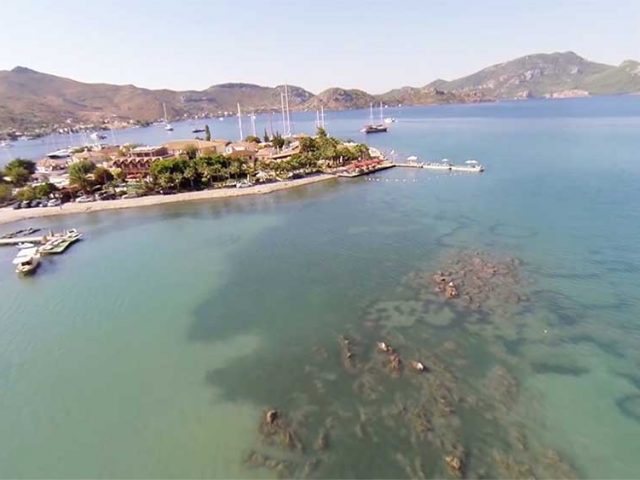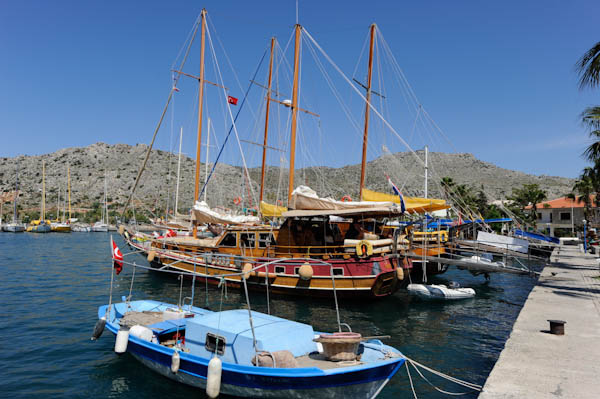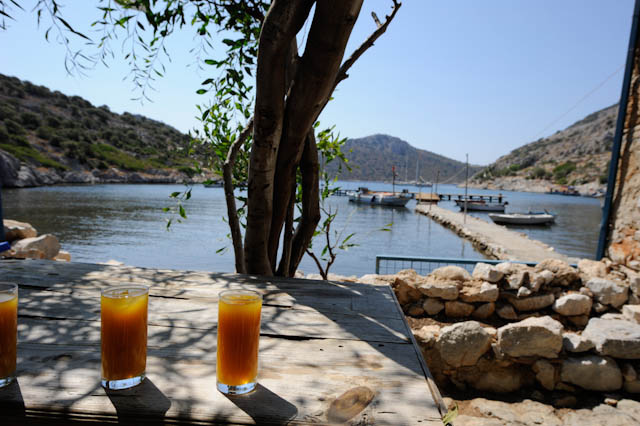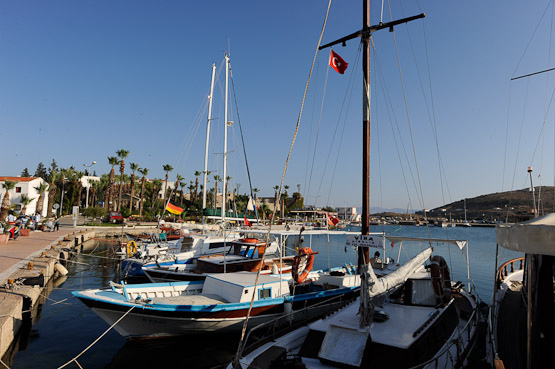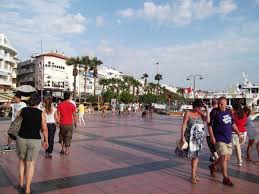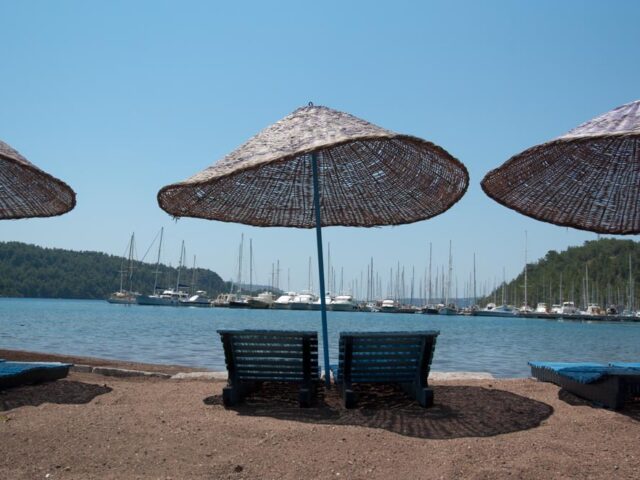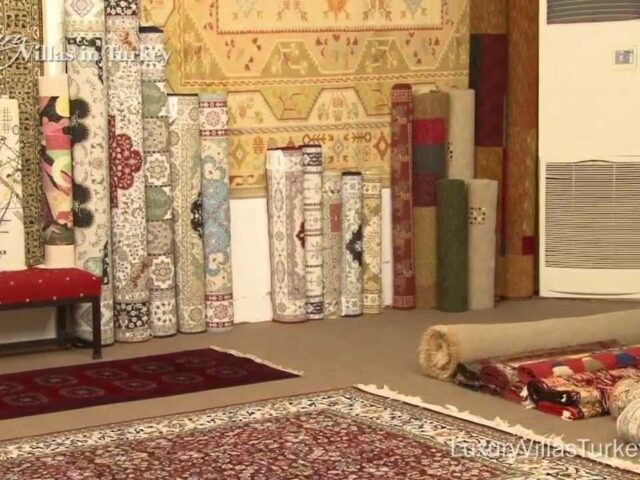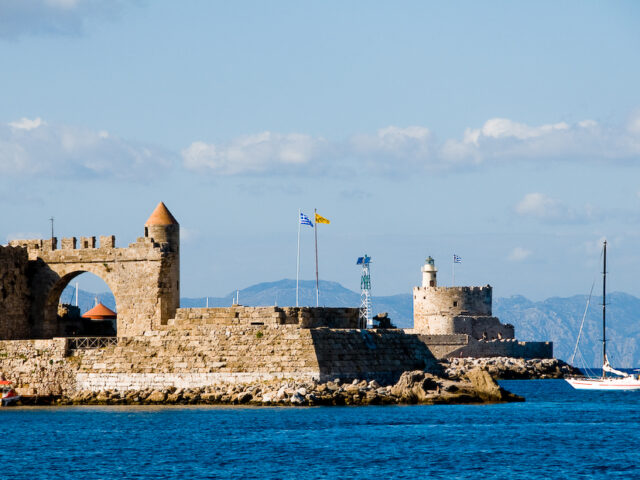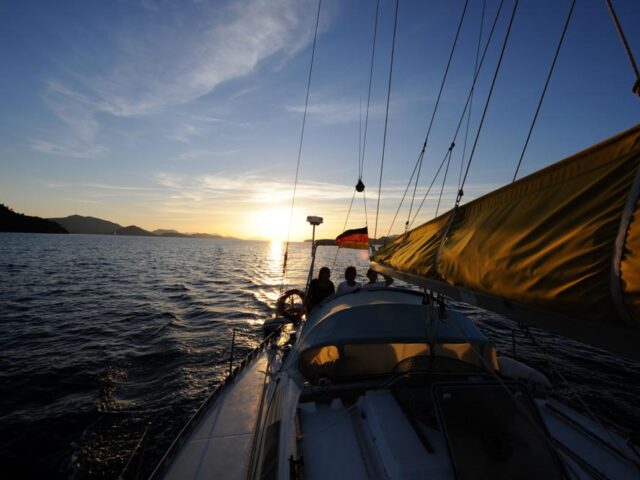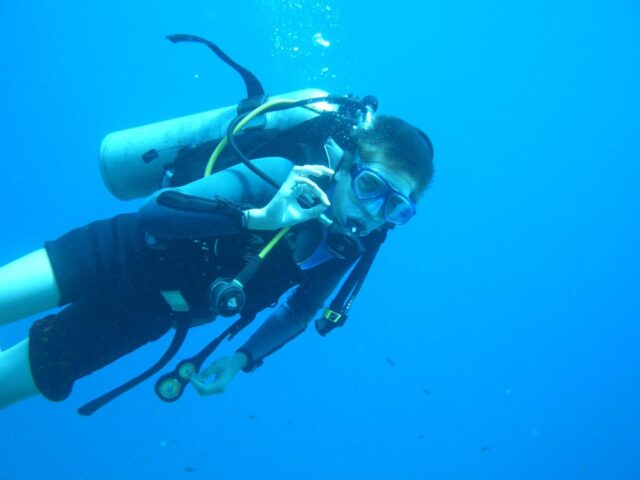Knidos Day Trip
Knidos used to be a most advanced city in terms of science, architecture and arts.

Knidos used to be a most advanced city in terms of science, architecture and arts. The famous astrologist and mathematician Eudoksus, the physician Euryphon, the famed artist Polygnotos and Sotratos who built the Lighthouse of Alexandria – one of the Seven Wonders of the ancient world – all lived here. The students of Euryphon founded the second most famous medicine school of their time in Knidos. The sundial was developed by Eudoksus a great inventor of his time and at the historic site you can still see the sundial he invented. Knidos The ancient city of Knidos has the most impressive ruins on the peninsula. You should definitely take the opportunity to see them.
Knidos was first built in the Burgaz region on the top of Dalacak Burnu (Point) to the north east of what is now Datça. Later, the city was moved to the top of Tekir Point on the western part of the peninsula. If you are going to Knidos by land you drive from Datça on the road to Marmaris, taking the left onto the road marked for Knidos and travel another 33 kilometres, even though the sign says 35 kilometres. The road was has been upgraded and paved all the way to the historic site.
You have to leave your car and walk after reaching the entrance to the ancient city. On the way you will see many almond trees, the people of Datça being very proud of their plantations, saying the best almonds in the country grow in Datça. We give ten out of ten to the fresh almond (çağla) that are picked in February but we also had the chance to taste them in April. In Datça they make a type of dessert you see nowhere else by stuffing almonds into figs and baking it. Try it.
After the turn the walls of Knidos partly accompany you, following the route of the path. At the entrance there is the museum and the lodging facilities for staff. You are now at the furthest point of the peninsula and there are two separate coves on the south and north. If one side get the winds the other is calm. It is hard to tell where the Aegean ends and the Mediterranean begins but the view from point where Knidos was founded can show you where the two seas meet at the Datça Peninsula. There is an information board, in English, which will help you to visit the site. The historian Strabon drew a parallel between the city and a theatre, comparing it to an amphitheatre that rose up to towards the acropolis.
The private buildings are on the part of the peninsula that divides the inner and outer ports, with the hills slightly rising over the inner port towards the acropolis. There are four main streets, 10 metres in width, running in an east to west direction that cross the flat area of the city, though the streets running north to south and up hill are either steep or include stairs.
The city was surrounded with defensive walls four kilometres long. Knidos covers a large area between the military port, the acropolis and the southern commercial port.
The peninsula known as Deveburnu used to be an island in the past. By linking it to the mainland artificial ports were created on both sides. On the reclaimed area a channel was opened to provide a passage. The northern port used to belong to the armed services and had two round control towers and was closed off by chains at its entrance. The control tower in the south is still standing.
The inner port to the south was larger and used to receive merchant ships. Knidos had two theatres, one with the capacity to seat 20,000 people and the other 5,000. The smaller one is to the south near of the inner port and the larger one was on the top acropolis, though little trace of it remains since its marble and stones were removed in the 19th century. The most beautiful part of the ancient city ruins is the Temple of Aphrodite that overlooks both ports. The circular temple has a diameter of 17 metres.
The statue of the Goddess Aphrodite was in the centre and the doors of the temple opened towards the statue. Now you can only see the bottom plinth of the statue. One of the interesting points of a visit to this ancient site is the sundial, which also measured the seasons. On the top of the hill there is the temple of Apollon where the city rises like a theatre. The Corinthian style temple right above the theatre was built by architect Stratos.
On the terrace in the middle of the road leading to the Temple of Apollon there was once a Doric temple that was later converted to an early Christian church. Today, you can still see the colourful mosaic floors of the churches.
The excavations that were started in 1996 in Stao have so far uncovered one third of the of 3rd century BC building constructed by the famous architect Sostratos. The stoa is 113 metres long, 16 metres wide and has rooms of 5×3.80 metres inside.
All of the rooms used to open up to the south. The finds from the excavations are on display in the small museum.


